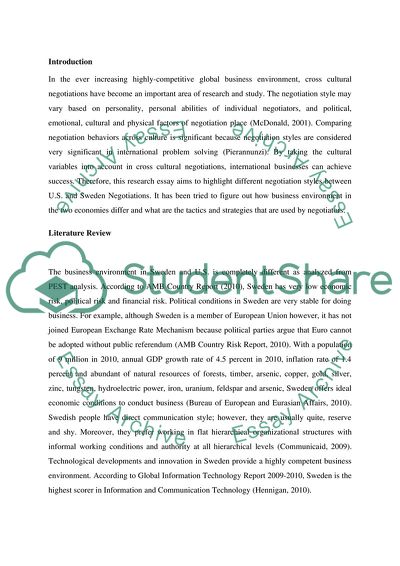Cite this document
(The Different Negotiating Styles Between US and Sweden Negotiations Research Paper, n.d.)
The Different Negotiating Styles Between US and Sweden Negotiations Research Paper. https://studentshare.org/politics/1748351-the-different-negotiating-styles-between-us-and-sweden-negotiations
The Different Negotiating Styles Between US and Sweden Negotiations Research Paper. https://studentshare.org/politics/1748351-the-different-negotiating-styles-between-us-and-sweden-negotiations
(The Different Negotiating Styles Between US and Sweden Negotiations Research Paper)
The Different Negotiating Styles Between US and Sweden Negotiations Research Paper. https://studentshare.org/politics/1748351-the-different-negotiating-styles-between-us-and-sweden-negotiations.
The Different Negotiating Styles Between US and Sweden Negotiations Research Paper. https://studentshare.org/politics/1748351-the-different-negotiating-styles-between-us-and-sweden-negotiations.
“The Different Negotiating Styles Between US and Sweden Negotiations Research Paper”. https://studentshare.org/politics/1748351-the-different-negotiating-styles-between-us-and-sweden-negotiations.


